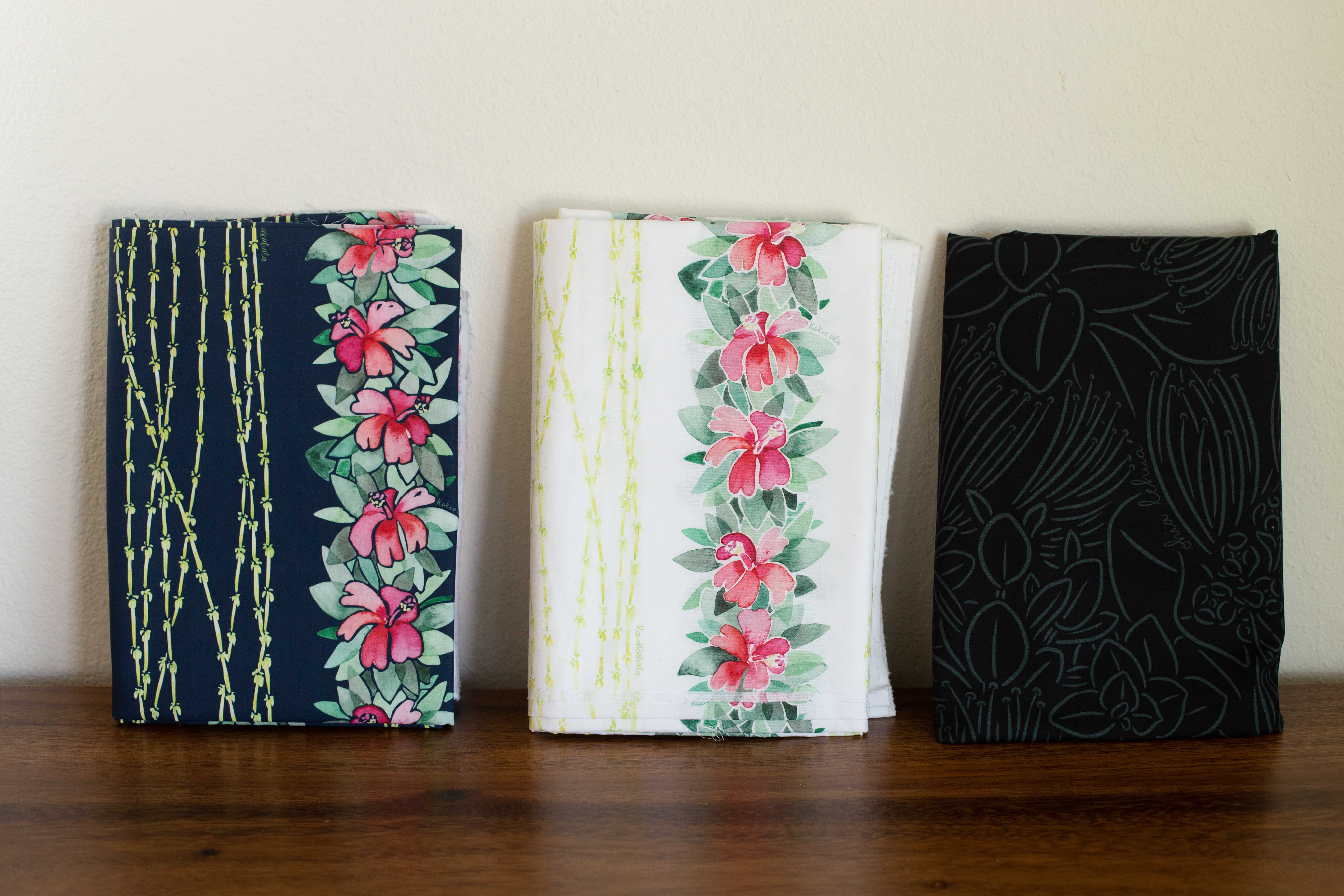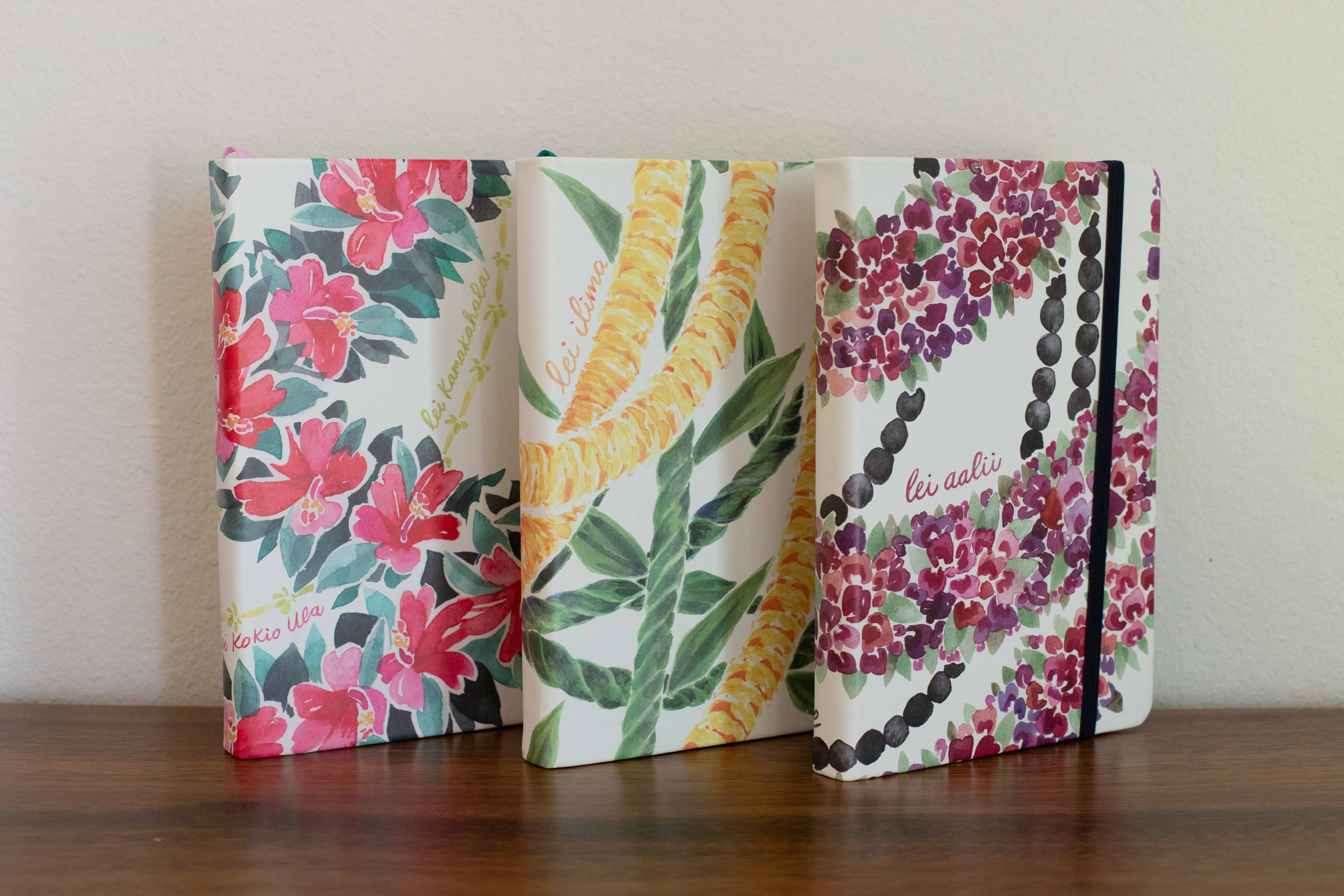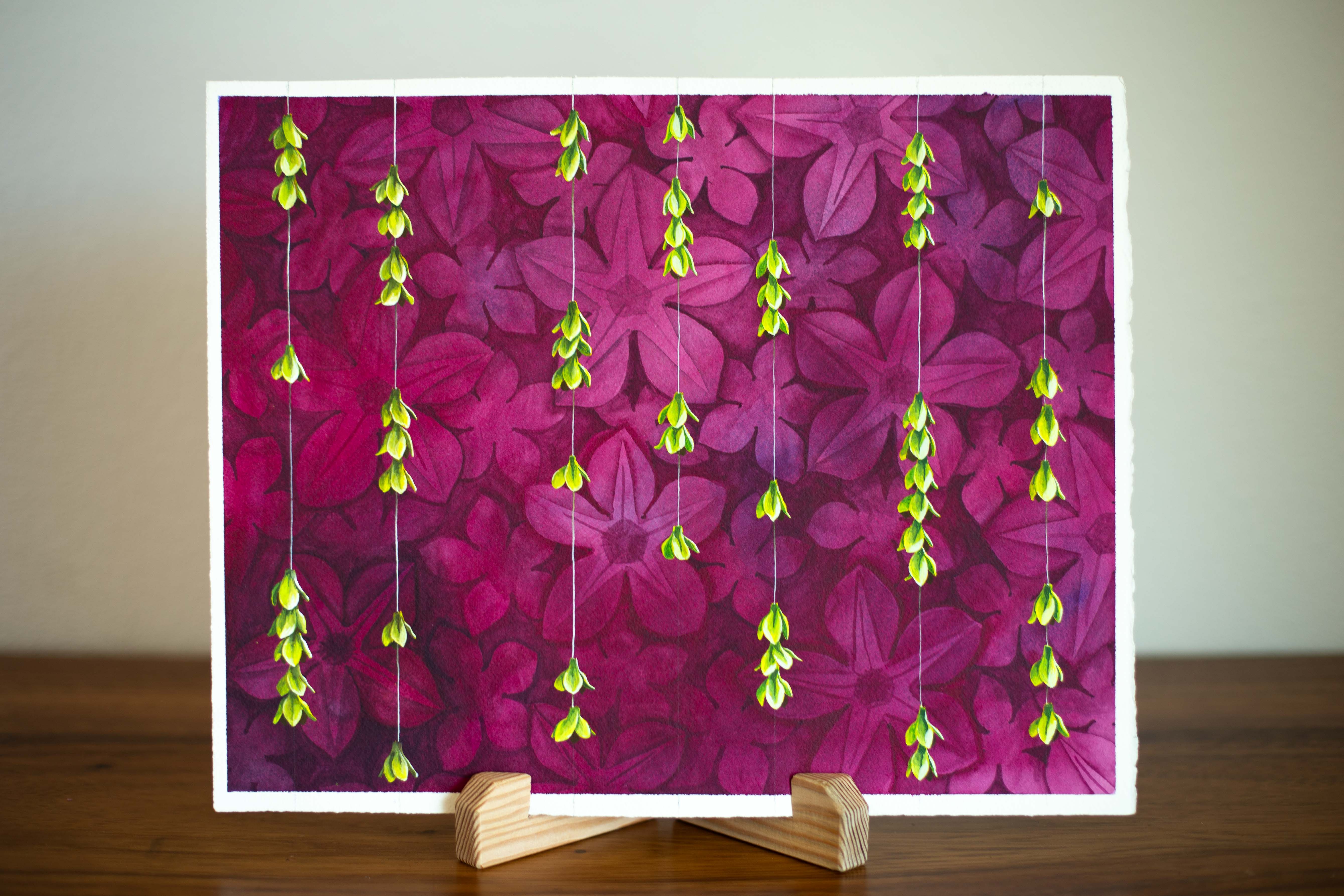Kūkulu Kauhale
The Kūkulu Kauhale Method
ʻO ʻoe (You)
YOU need to set the standard for your personal learning. For example, I studied everyday for the first year. That could mean 5 minutes to 2 hours depending on my my full time work schedule. I used instructional books, dictionaries and anything on Youtube or elsewhere. My standard was to study everyday. It's all about time. Whoever makes more time to study, will reach their goals sooner. So, 'o 'oe (you) decide how often to study and what.
Create a goal or multiple goals. Make some short term and long term goals. A long term goal of ours was to be able to replace English with Hawaiian. A short term goal was that we tried to speak as much Hawaiian as we could for 30 minutes.
You've got to do the grunt work or it won't stick. Have wehewehe.org bookmarked on your phone so you can look up words that pop up in your head all day long. If you tell yourself youʻll just remember the words and do it later - youʻre probably lying to yourself. I (Emily) ask Malu for words all the time (cause he's like a walking dictionary), but I never remember any of the words he gives me compared to when I do the search myself.
Make it personal and find what works for you! Malu likes to read scanned copies of old newspapers that were written by Native Hawaiians from the 1830's to the 1940's. Shoot me! I would rather not do something so tedious. I like to listen to "Ka Leo Hawai'i" and talk to people.
Ka ʻohana
The best place to practice and make mistakes is in the family. Close friends count as family too. Decide with them how much Hawaiian youʻre going to use and then hold one another to that. Malu and I set the goal about a year ago to only speak Hawaiian to the kids and to one another while the kids are awake and then if theyʻre asleep we can speak English. We've gotten closer and closer to this goal and now, if I ever start a sentence in English now, Malu will make a stink face and pretend like he doesnʻt hear me. Itʻs pretty irritating, but it works.
Thereʻs also a lot of repetition in the family, especially with kids. Repetition is key. Youʻll get really good at saying things like, "mai hoʻopā!" (meaning donʻt touch) or, "mai hoʻopā o paʻi ʻia ʻoe!" (donʻt touch or youʻll get smacked). Repeating the same phrases helps you learn new ones.
Speak Hawaiian with your family in public too. This will help you get comfortable using the Language with others. I remember one time I tried to say something in Hawaiian to Malu in a grocery store when he wasn't standing right next to me; I was so shy that I said it soft then had to say it 6 or 7 times more getting louder and louder each time until I was so frustrated he couldn't hear, I yelled it at him. I am sure no one remembered the language I spoke, just the crazy lady shouting at her husband in the check-out line. Iʻm not as worried about who hears me now.
Practice, practice, practice with your loved ones. It's less embarrassing to be corrected by your brother than a classmate or coworker or someone on Instagram.
Ke kaiaulu
The community is where your language will get richer. Everything you do in the first two steps I mentioned prepares you for this one! After a year of studying on his own, Malu was able to carry out a conversation with speakers. It took me closer to two years and I still find myself choosing English over Hawaiian when I can use either. Not everyone has the same level of confidence, but youʻll learn a lot faster if you get over your insecurities.
Start first with listening. Anyone that you can get to talk to you in Hawaiian - get! Listen to everything that those people have to say. Youʻll be surprised by how little you feel you know once you hear others speak. You might even be surprised by how much you know! The first time I met a mānaleo in person, I thought my ears were going to fall off, but in a good way. Listening and Focusing are not my strengths so doing both for an extended period of time was character building for sure. With everything that you hear donʻt forget to verify it with your standards before branding it in your mind as correct. Doing this youʻll notice, will bring you back to step one.
Remember to please make the community a safe place. Language is about people, and the more the better! If weʻre only looking to point out the mistakes of others weʻll most likely miss our own and make it harder to accomplish the end goal of a Hawaiian Speaking Hawaiʻi.









Thank you so much for sharing your family’s ‘olelo journey! I really enjoy watching your interactions with your keiki and the resources you provide. I am expecting my 4th child in a couple weeks and have set a goal to incorporate more of the language. Any chance you can provide a list of frequently used commands you use with your children? Like “mai ho’opā”?
Mahalo again!
Leave a comment